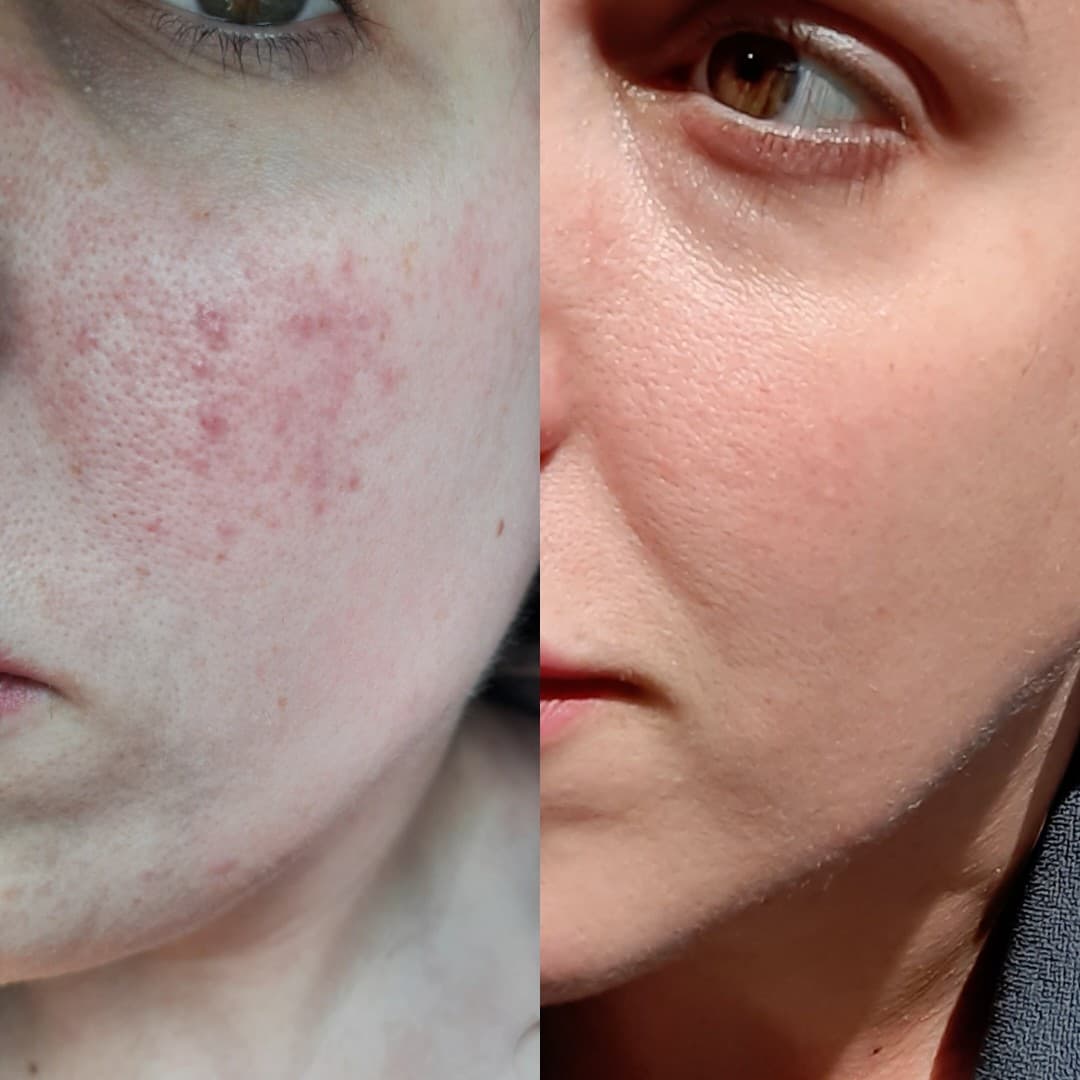
20 Jan Where to Start Treating Rosacea: A Comprehensive Guide
Rosacea is a common, chronic skin condition that affects millions of people worldwide. Characterised by facial redness, visible blood vessels, and occasional bumps or pustules, rosacea can be both physically and emotionally challenging. The good news is that with the right approach, you can effectively manage and reduce its symptoms. If you’re unsure where to start, this guide will walk you through the basics of treating rosacea.
Step 1: Identify Your Triggers
The first step in managing rosacea is understanding what causes flare-ups for you. While triggers can vary widely from person to person, common culprits include:
- Sun exposure
- Stress
- Spicy foods
- Alcohol, especially red wine
- Hot beverages
- Extreme temperatures
- Certain skincare products
Keeping a journal of your activities, diet, and skincare routine can help pinpoint specific triggers. Once you’ve identified them, work on minimising or avoiding these factors.
Step 2: Build a Gentle Skincare Routine
Rosacea-prone skin is highly sensitive, so it’s essential to use products that won’t exacerbate redness or irritation. Here’s what a basic routine might look like:
- Cleanser: Use a gentle, fragrance-free cleanser to wash your face twice a day. Look for hydrating or calming ingredients like glycerin or aloe vera.
- Moisturiser: Opt for a lightweight, non-comedogenic moisturiser to keep your skin hydrated and prevent dryness.
- Sunscreen: Daily sun protection is crucial. Choose a mineral-based sunscreen with zinc oxide or titanium dioxide, as these are less likely to irritate sensitive skin.
Absolutely avoid harsh exfoliants, alcohol-based toners, and heavily fragranced products.
Step 3: Consult a Skin Professional
If your rosacea is persistent or severe, it’s a good idea to seek professional help. A skin expert can help by:
- Confirming your diagnosis and ruling out other conditions like acne or eczema.
- Prescribing topical treatments, such as metronidazole, azelaic acid, or ivermectin.
- Recommending oral medications, like low-dose doxycycline, for more severe cases.
- Discussing laser or light-based therapies to reduce redness and visible blood vessels.
Professional guidance ensures that your treatment plan is tailored to your specific needs.
Step 4: Explore Lifestyle Changes
Small adjustments to your daily habits can make a big difference in managing rosacea. Consider:
- Stress management: Practice relaxation techniques like yoga, meditation, or deep breathing.
- Dietary modifications: Reduce or eliminate common dietary triggers, such as spicy foods and alcohol.
- Temperature control: Avoid hot showers and extreme weather when possible.
Step 5: Be Patient and Consistent
Managing rosacea is a marathon, not a sprint. Improvements take time, often weeks or months, so stick with your treatment plan and be patient. Consistency is key to seeing lasting results.
So, to summarise…
While there’s no cure for rosacea, a proactive approach can significantly improve your quality of life. Start by identifying your triggers, building a gentle skincare routine, and consulting with a skin professional. With time and effort, you’ll find the right combination of treatments and lifestyle adjustments to keep your rosacea under control.


Sorry, the comment form is closed at this time.